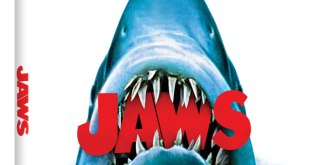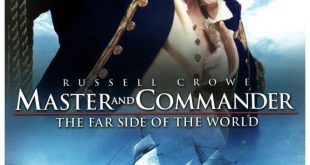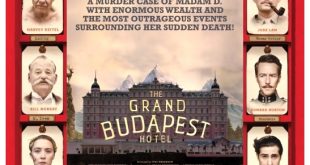
SYNOPSIS:
“With the apparent public discovery of the ‘Site B’ production island full of dinosaurs, John Hammond assembles a team to visit and document the area before it is exploited by others. Included in the four man team are Doctor Ian Malcolm and his girlfriend, Doctor Sarah Harding. When the team reaches the island, they soon discover the presence of another group of people. This new group however are not there for biological data but instead have something more sinister in mind. After a series of events, both groups become stranded when all their communication equipment is lost. It is then that the terror really begins as both groups scramble for their lives.” (courtesy IMDB)
REVIEW:
Best-selling author, filmmaker and physician Michael Crichton passed away in 2008, and was best known for his science fiction thrillers. His novels have sold over 200 million copies worldwide, many made into movies, in fact Crichton became the only creative artist ever to have works simultaneously ranked #1 in American television, novel and film sales with ER, Disclosure (1994) and Jurassic Park (1993), respectively. Other films adapted from his writings include The Andromeda Strain (1971), Dealing (1972), The Carey Treatment (1972), Westworld (1973), The First Great Train Robbery (1979), Looker (1981), Runaway (1984), Rising Sun (1993), Disclosure (1994), Congo (1995), Twister (1996), Sphere (1998), The Thirteenth Warrior (1999), Timeline (2003) and his only sequel, Jurassic Park The Lost World (1997): “The solution which, at the time, I had found very unsatisfactory was to make it a theme park, and the reason why the dinosaurs were set in a theme park was just a logical problem.”
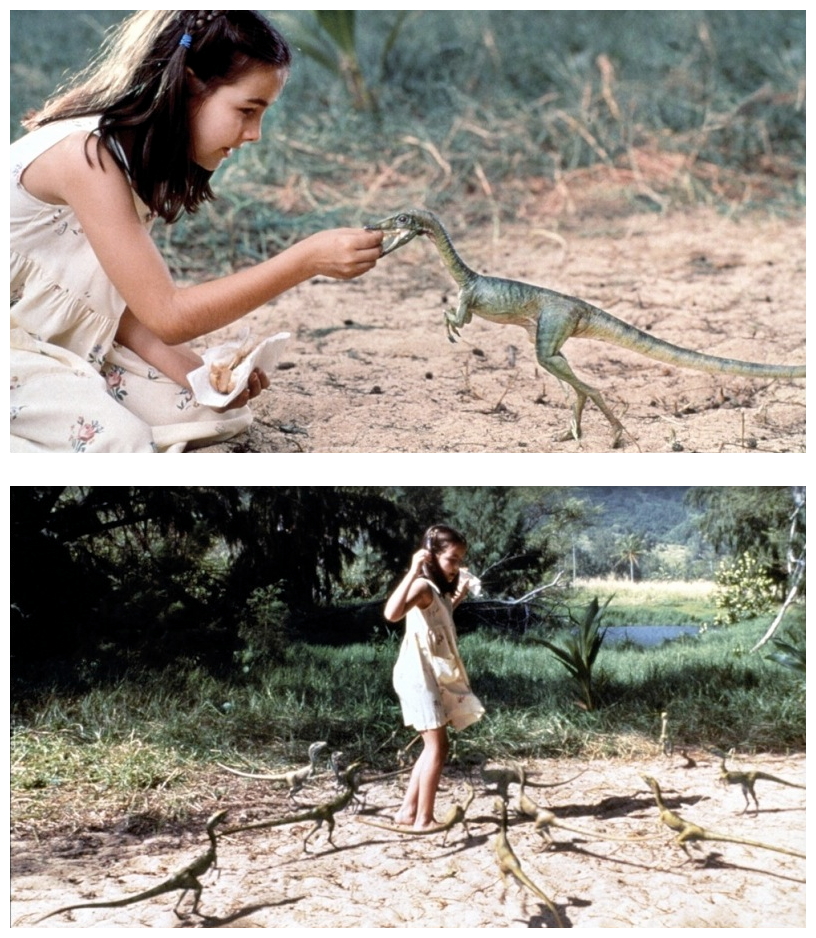
“Although I, by then, believed that it was possible to genetically engineer these creatures so that eventually it would be possible, but I couldn’t see who would pay for it, because it’s not a cure for cancer. It’s very entertaining, and the only thing I could think of was that it would be some form of entertainment. Ordinarily, my working method is to do years of research. In the first book, it was probably about ten years from start to finish, of which maybe three years were really writing, and the other period of time was accumulating. Of course, I wasn’t only doing that during that time, but I allowed myself a very long gestation period in that sense. I actually thought it would be possible to do a good movie but I thought it would be dauntingly expensive. I couldn’t have any confidence – in the late eighties when I was doing this – that I couldn’t have any confidence that anyone would decide that dinosaurs were sufficiently interesting to spend a lot of money on them. It turned out someone did.”
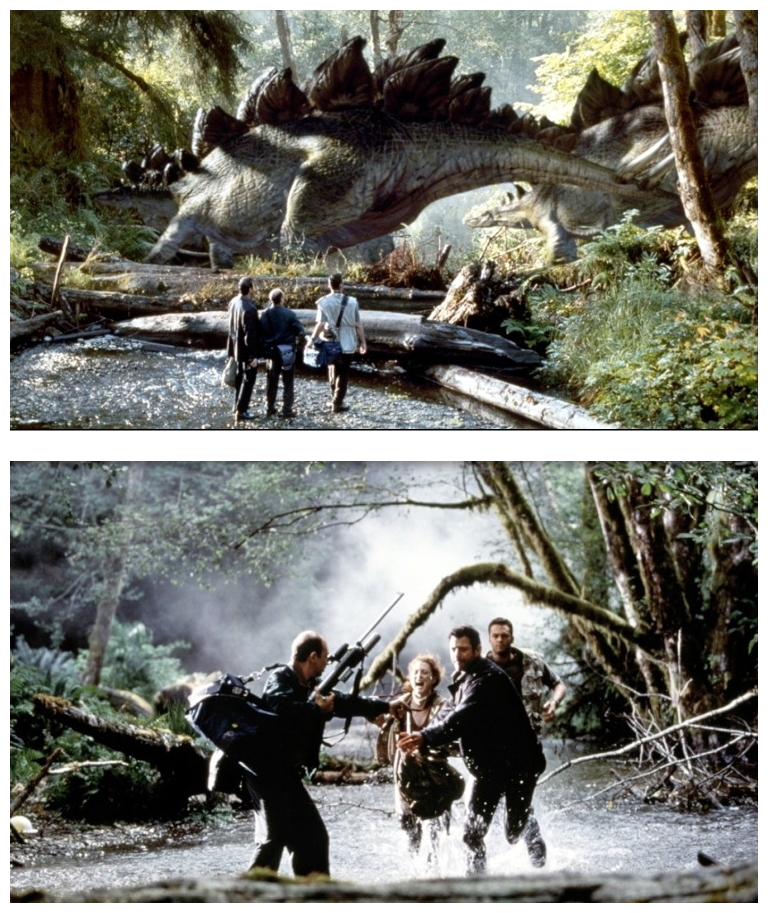
Jurassic Park tells of one man’s dream to create a unique game preserve on a remote jungle island near Costa Rica. Billionaire John Hammond (Richard Attenborough) has amassed a core group of experts who have discovered how to genetically engineer live dinosaurs from their fossilised DNA remains found in the blood of prehistoric mosquitos encased in amber, and has populated his scientific Disneyland with long-extinct breeds of dangerous carnivores. “I think it’s true that all the characters are based even loosely on real people. The most obvious and best-known is Alan Grant (Sam Neill) who is Jack Horner, who was an advisor on the film, eventually. Hammond, I suppose, is the least based on anybody and certainly he has that quality – in the novel anyway – which is a certain unscrupulousness. He was, in my conception, a much darker character than what Steven finally made. I really wanted to do the dark side of Walt Disney and Steven is, I guess, more forgiving.”
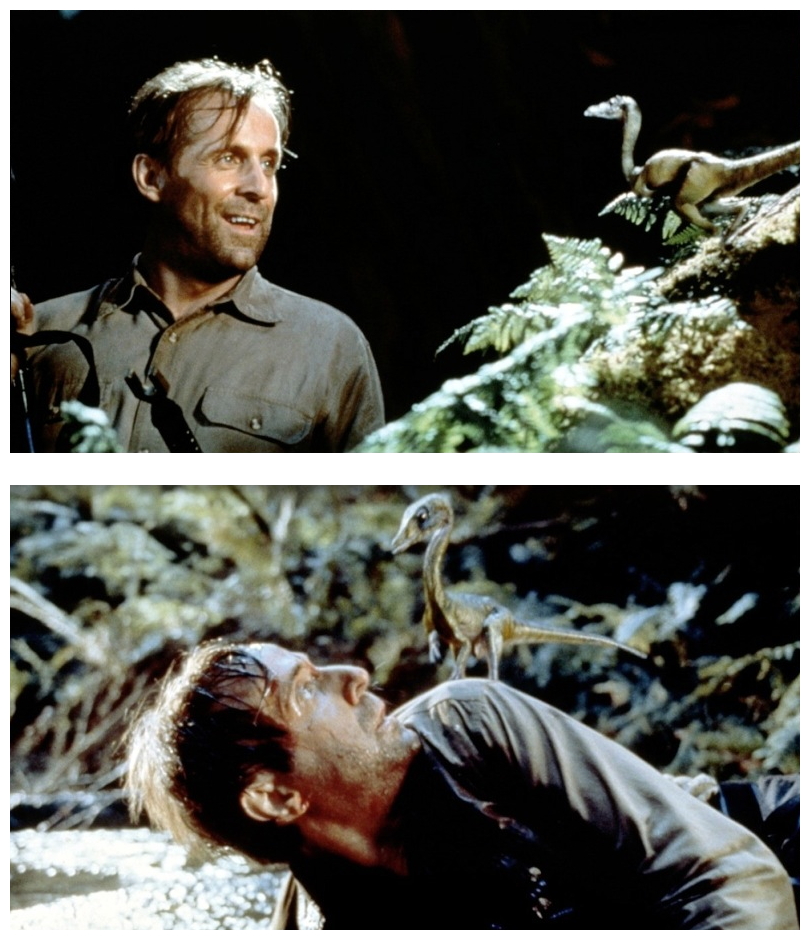
The real stars of Jurassic Park, the dinosaurs themselves, were created with groundbreaking computer generated imagery by Industrial Light & Magic in conjunction with life-sized animatronic dinosaurs designed by Mark ‘Crash’ McCreery and built by Stan Winston. Despite spending US$65 million on marketing, many viewers still assumed that all the dinosaurs seen were animations generated by computer, when in fact most of the CGI used was used for ‘grip removal’ in order to hide the huge animatronic rigs and wires controlling Winston’s creatures. Breaking all box-office records two decades ago, Jurassic Park is still cited by critics and filmgoers alike as one of the greatest action thrillers ever made, listed as one of the most thrilling films of all-time by the American Film Institute. After the enormous success of the film, Spielberg requested Crichton write a sequel novel, leading to The Lost World (published 1995) which was filmed as The Lost World: Jurassic Park (1997), also directed by Spielberg:
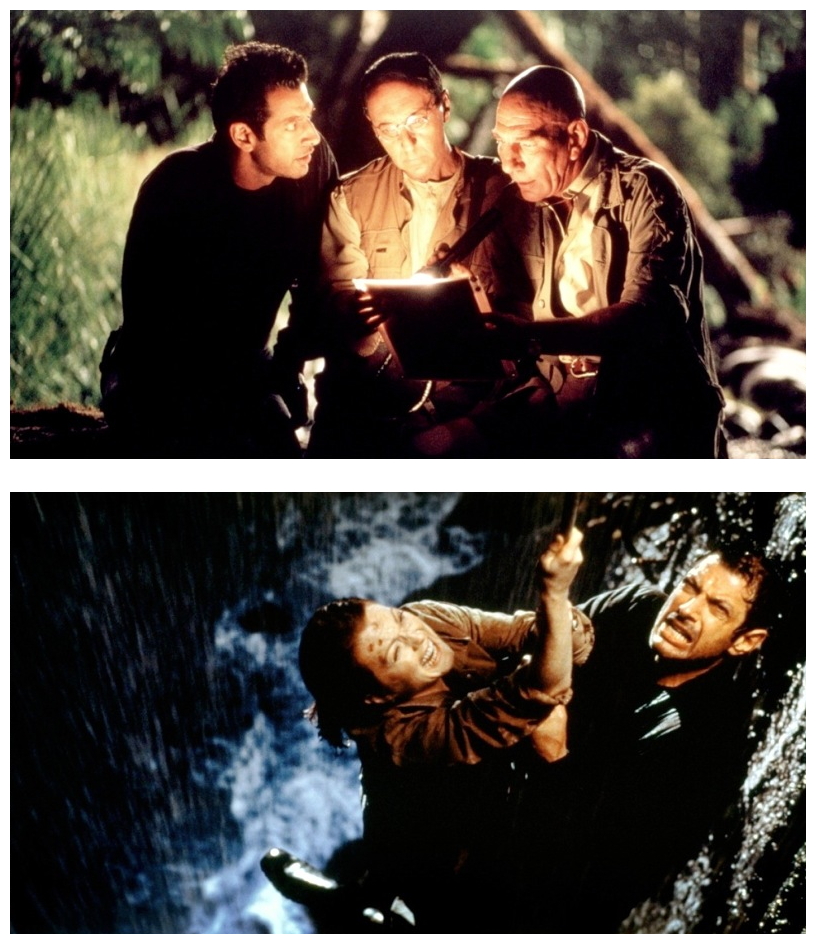
“We always sort of wanted to do a sequel to Jurassic Park because I thought that, both by popular demand and also because I had such a great time making the first film. The idea of being inside a prehistoric world that exists somewhere in this world today, that really compelled me, and I thought wow, what a great story. It was really sitting down with Michael Crichton, and he wrote the story in his book, and then David Koepp came in and did a wonderful screenplay, and The Lost World is going to be a pretty good story. We put together one group of hunters and another group of dinosaur advocates, so these two groups come together. It’s more than just running from dinosaurs, there’s a lot of human drama in this one.” That’s not exactly how Crichton recalls it: “What I remember is that I had a discussion with Steven, and he said he didn’t want to do a sequel, and I said that was fine by me. And then, at a certain point, all those ideas changed, then it became clear there was going to be a sequel. I said ‘A sequel? I’ll do the book and you do whatever you want in the movie’. It had that sort of loose quality to me. The second one was shorter to finish because, for me, I never conceived of it as a project that began without antecedents – it obviously had antecedents – and it was the only project that I’ve worked on where I knew there would be a movie. I was actually interested to write a sequel because I’d never done it.”

The Lost World: Jurassic Park is set four years after the events of the original film and focuses on the fictional Isla Sorna, a deserted island located off Central America’s Pacific Coast near Costa Rica, where the cloned dinosaurs made by Hammond’s company InGen have been roaming free in their own ecosystem. Learning that his nephew Peter Ludlow (Arliss Howard), the new CEO of InGen, is planning to capture the dinosaurs and bring them to the mainland, Hammond sends an expedition led by Doctors Ian Malcolm (Jeff Goldblum) and Sarah Harding (Julianne Moore) to arrive there before InGen’s squad. The two groups confront each other in the face of extreme danger and then team up in order to survive. Eventually a freighter transports a male Tyrannosaurus Rex to the mainland, but crashes into the dock after the crew is killed by a creature of unknown species. A guard opens the cargo hold, accidentally releasing the T-Rex, which escapes into San Diego and goes on a rampage. Ian and Sarah retrieve the infant T-Rex from a secure InGen building and use it to lure the adult back to the ship. Ludlow tries to intervene but is trapped in the cargo hold by the adult T-Rex and mauled by the infant. Before the adult can escape again, Sarah tranquilises it while Ian closes the hold.
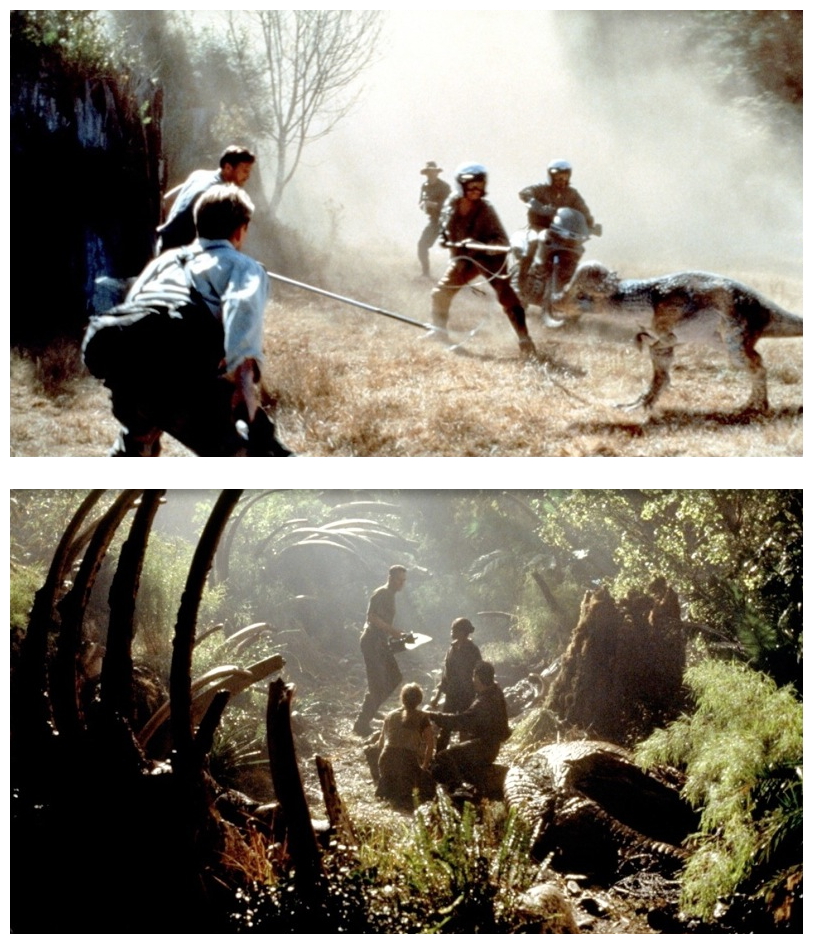
Spielberg was extremely enthusiastic about the project at first: “A movie like this needs at least a year to eighteen months of prep time. It takes eighteen months to build the animals and to prepare a production of this size, we began sketching and designing some of the sequences about two years ago. We certainly wanted to raise the stakes where Stan Winston was concerned because we had a chance to make dinosaurs that were even more lifelike, and he really did that. It’s not the same movie – the new CGI and the improved artistry will make the dinosaurs look even more believable. It’s a good adventure, a lot of fun. I really think of the audience when I think of a Jurassic Park or a Lost World, and yeah, a lot of this movie was made for what I hope will be a pleasure and an adventure for the audience.” Later he confessed that during production he became increasingly disenchanted: “I beat myself up, growing more and more impatient with myself. It made me wistful about doing a talking picture, because sometimes I got the feeling I was just making this big silent-roar movie. I found myself saying, ‘Is that all there is?’ It’s not enough for me.”
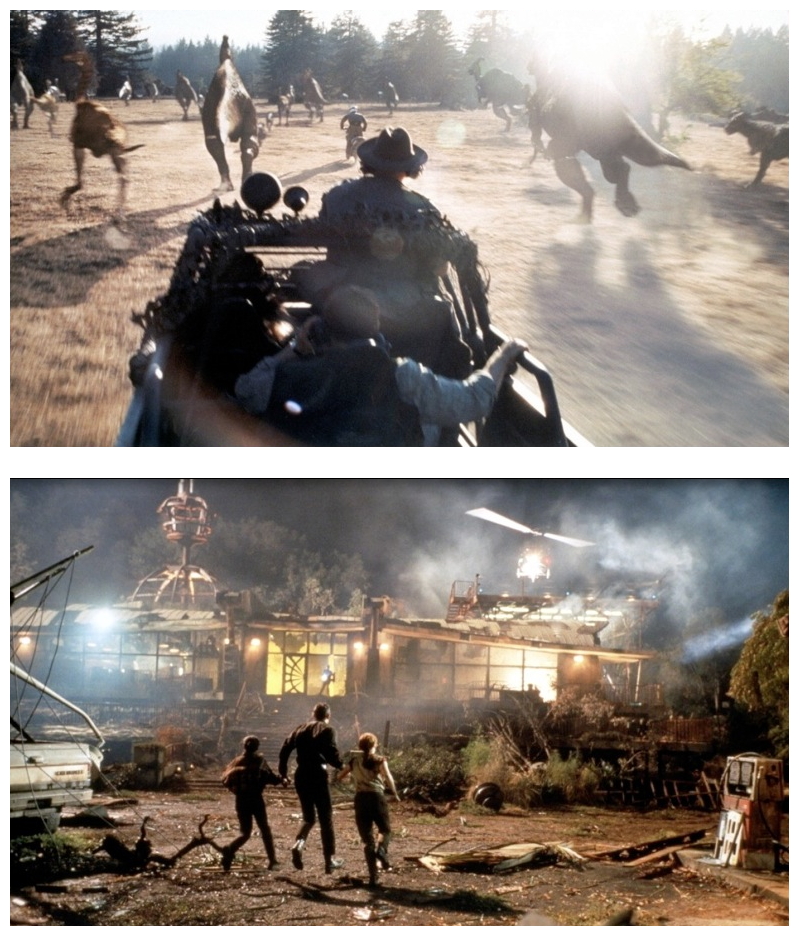
Whilst this film is not quite as good as the original, it does stand up well as a sequel. It might not have the all-round strength of the first and is far more dependant on special effects this time round. It does however succeed as entertainment and it’s certainly better than the third instalment in the franchise. The dinosaur sequences – 50% more than the the first film – are handled well with the Raptor attack in the long grass being a highlight. The T-Rex features strongly again (there’s two of them this time, nine tons each) along with a nasty new little green dinosaur called a Compsognathus. The human performances are not exactly Oscar-worthy but the characters have their charm and, when they’re put in danger, you sort of care what happens to them, which is always a good sign. The Lost World does exactly what it sets out to do, to entertain, so I think it’s fair to overlook some of its flaws – as with any kind of blockbuster sequel, they are always there.
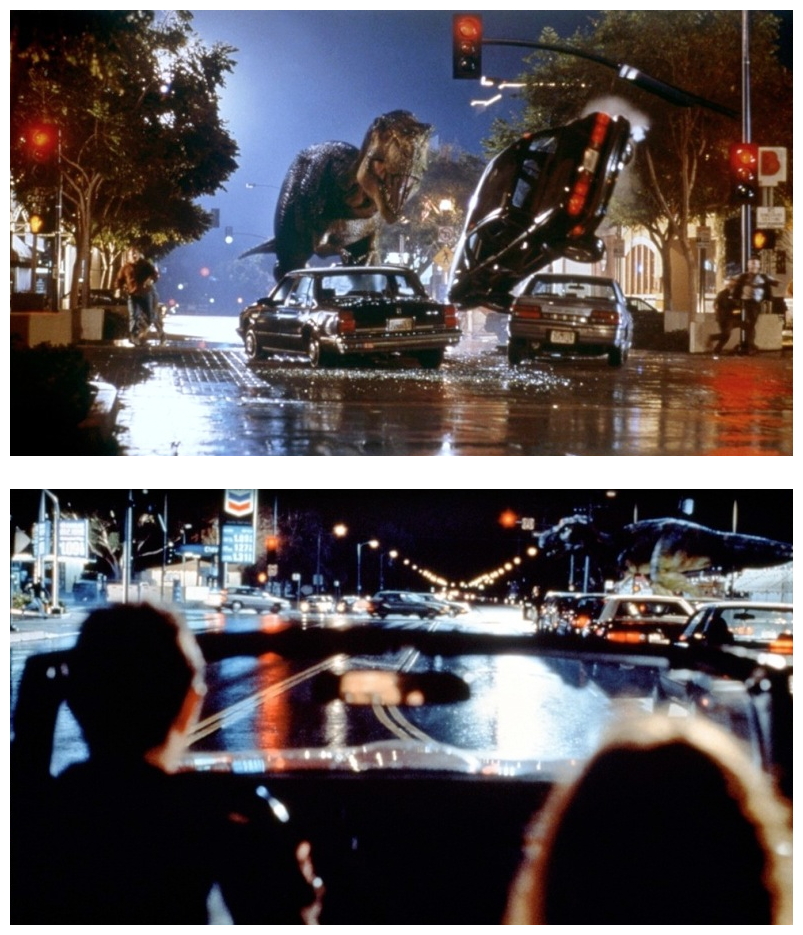
Universal Studios were concerned that there were too many references to Arthur Conan Doyle‘s classic (despite the fact that Crichton purposely wrote it as an homage to Doyle’s novel) and actually considered re-naming the film The Lost Island. In the end, the novel’s title was kept, but ‘Jurassic Park’ was added to solidify the connection. In some ways it was a missed opportunity to recreate Doyle’s original story of The Lost World more faithfully – update the scenario of course, but substitute Crichton’s characters for Doyle’s: Sir Richard Attenborough‘s Hammond replaces bombastic Professor Challenger, Pete Postlethwaite‘s Roland replaces hunter Lord John Roxton, Vince Vaughn‘s Nick replaces journalist Edward Malone, Julianne Moore‘s Sarah replaces plucky Paula White…it could have worked, I tell you! But I digress. I’ll finish up by allowing Michael Crichton attempt to explain why people, particularly children, have always been drawn to dinosaurs:
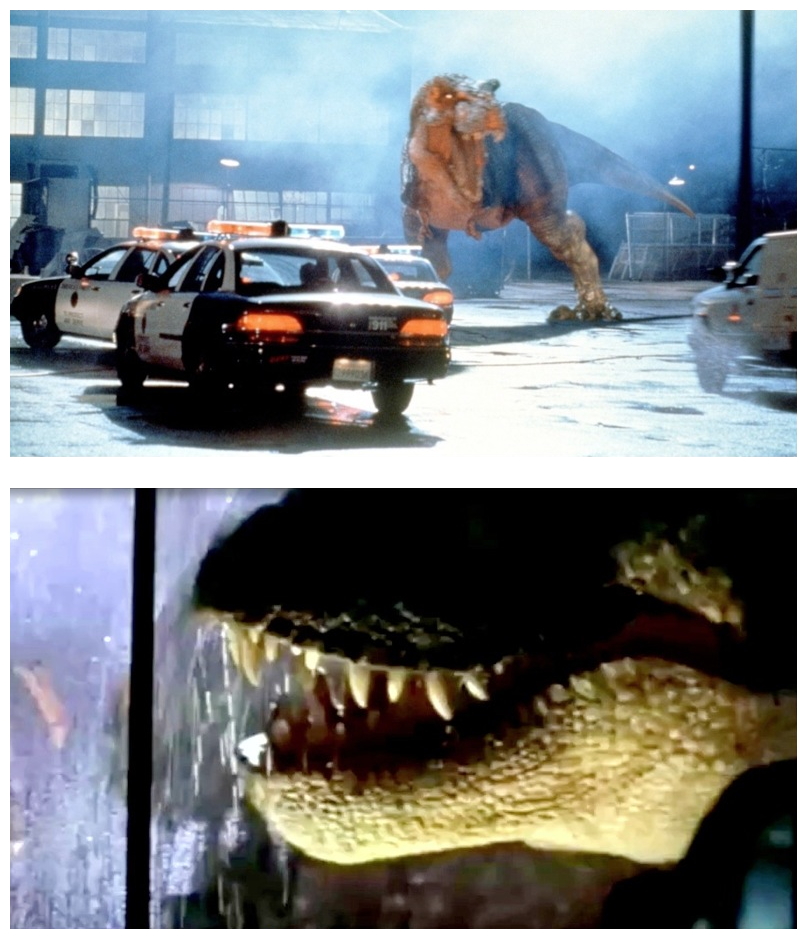
“All the time that I was working on the book, at least I was really trying to understand what the fascination is, and I went through all the usual theories: that they’re interesting because they’re so huge; that they’re interesting because they have complicated names; that they’re interesting because they’re gigantic menacing things like parents which are very large from the standpoint of a child; that there’s some kind of Freudian association for the child to learn the name, these complicated names, is a way to control something; or they’re fascinating because they’re extinct. I went through everything that I could think of and I decided that nobody knows. One day I was in a museum and there was a little kid who couldn’t have been more than two or two-and-a-half watching a slide show. It was the kind of child who probably wasn’t even in pre-school yet. So the reason that kind of kid culture that’s taking it over, I don’t know where it’s coming from. And the slides would be up there and the kid would scream ‘Tyrannosaurus! Stegosaurus!’ for an hour. I just sat there thinking, what is it? I don’t think anybody knows.” It’s with this deep thought in mind I shall politely ask you to join me next week when I’ll have the opportunity to expose the very tenderest parts of your body to another awkwardly-probing journey through those damnable dank dells of Horrorwoodland for…Horror News! Toodles!
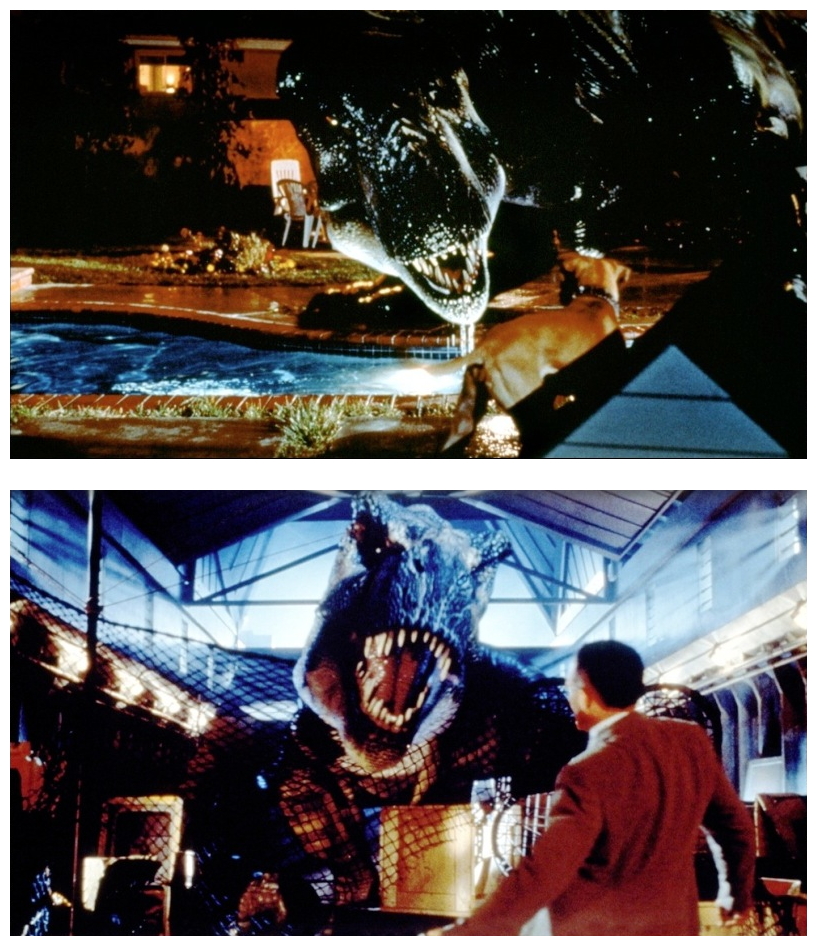
The Lost World: Jurassic Park (1997)
 Horror News | HNN Official Site | Horror Movies,Trailers, Reviews
Horror News | HNN Official Site | Horror Movies,Trailers, Reviews


